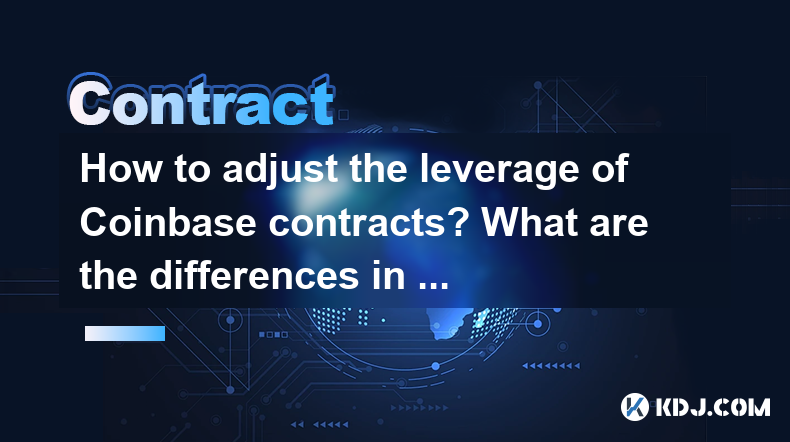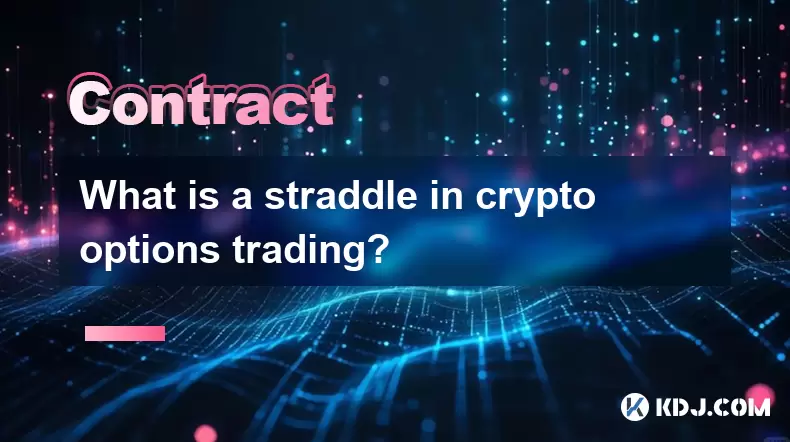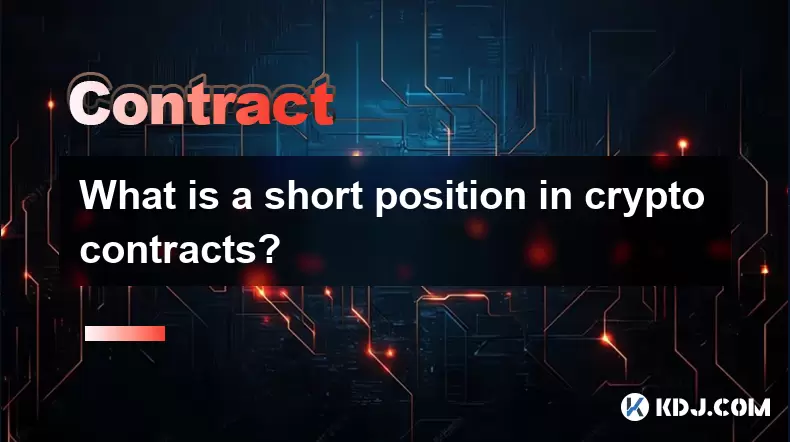-
 Bitcoin
Bitcoin $115700
0.65% -
 Ethereum
Ethereum $3785
3.93% -
 XRP
XRP $3.033
1.78% -
 Tether USDt
Tether USDt $1.000
0.04% -
 BNB
BNB $770.7
0.50% -
 Solana
Solana $168.4
0.56% -
 USDC
USDC $1.000
0.02% -
 TRON
TRON $0.3403
1.83% -
 Dogecoin
Dogecoin $0.2113
3.84% -
 Cardano
Cardano $0.7539
2.34% -
 Hyperliquid
Hyperliquid $38.84
1.28% -
 Sui
Sui $3.700
6.88% -
 Stellar
Stellar $0.4069
2.56% -
 Chainlink
Chainlink $17.80
6.93% -
 Bitcoin Cash
Bitcoin Cash $573.5
0.73% -
 Hedera
Hedera $0.2478
1.24% -
 Ethena USDe
Ethena USDe $1.001
0.00% -
 Avalanche
Avalanche $22.42
1.58% -
 Litecoin
Litecoin $120.6
2.58% -
 UNUS SED LEO
UNUS SED LEO $8.962
-0.29% -
 Toncoin
Toncoin $3.296
2.09% -
 Shiba Inu
Shiba Inu $0.00001251
1.77% -
 Uniswap
Uniswap $9.982
3.75% -
 Polkadot
Polkadot $3.710
1.55% -
 Dai
Dai $1.000
0.00% -
 Bitget Token
Bitget Token $4.425
1.98% -
 Monero
Monero $265.2
-7.14% -
 Cronos
Cronos $0.1472
2.44% -
 Pepe
Pepe $0.00001073
2.66% -
 Aave
Aave $270.9
4.17%
How to adjust the leverage of Coinbase contracts? What are the differences in the maximum leverage of different currencies?
Adjusting leverage on Coinbase involves navigating to futures, selecting a crypto pair, and setting desired leverage via a slider or dropdown, impacting margin and potential returns.
May 02, 2025 at 01:00 am

Adjusting the leverage of Coinbase contracts and understanding the maximum leverage for different currencies can be crucial for traders looking to optimize their trading strategies. In this article, we'll walk through the process of adjusting leverage on Coinbase and explore the differences in maximum leverage available for various cryptocurrencies.
Understanding Leverage on Coinbase
Leverage in trading allows you to control a larger position with a smaller amount of capital. On Coinbase, leverage is available through their futures and perpetual contracts. This means that you can borrow money from the exchange to increase your trading position, potentially magnifying both profits and losses.
To start, it's important to understand that Coinbase offers different leverage levels depending on the cryptocurrency you are trading. The leverage you choose will directly affect your margin requirements and potential returns.
How to Adjust Leverage on Coinbase
To adjust the leverage on Coinbase, follow these detailed steps:
- Log in to your Coinbase account: Ensure you have a funded account with the necessary permissions to trade futures and perpetual contracts.
- Navigate to the trading section: Go to the "Trade" tab on the Coinbase platform, and select the "Futures" or "Perpetuals" section, depending on the type of contract you wish to trade.
- Select the cryptocurrency pair: Choose the cryptocurrency pair you want to trade, such as BTC-USD or ETH-USD.
- Open the order form: Click on the "Place Order" button to open the order form.
- Adjust the leverage: Within the order form, you'll see an option to adjust the leverage. This is typically represented by a slider or a dropdown menu. Move the slider or select the desired leverage level from the dropdown.
- Review and confirm: Before submitting your order, double-check the leverage level you've selected. Ensure it aligns with your trading strategy and risk tolerance.
- Submit the order: Once you're satisfied with your settings, submit the order to apply the new leverage level to your position.
It's important to note that once you've adjusted the leverage for a specific position, it will remain at that level until you change it again or close the position.
Maximum Leverage for Different Currencies
Coinbase offers different maximum leverage levels for various cryptocurrencies. Here's a breakdown of the maximum leverage available for some popular cryptocurrencies:
- Bitcoin (BTC): The maximum leverage for Bitcoin futures and perpetual contracts on Coinbase is 100x. This means you can control a position worth 100 times your initial margin.
- Ethereum (ETH): For Ethereum, the maximum leverage is 50x. This allows you to amplify your trading position up to 50 times your initial investment.
- Litecoin (LTC): Litecoin futures and perpetual contracts on Coinbase have a maximum leverage of 33x.
- Bitcoin Cash (BCH): The maximum leverage for Bitcoin Cash is 20x.
- Other Altcoins: For other altcoins, the maximum leverage can vary but typically ranges between 10x and 20x.
These leverage levels are subject to change based on market conditions and Coinbase's policies. Always check the current maximum leverage available on the platform before placing a trade.
Factors Influencing Leverage Limits
The maximum leverage available for different cryptocurrencies is influenced by several factors:
- Volatility: Cryptocurrencies with higher volatility, like Bitcoin, may have higher leverage limits to accommodate traders looking to capitalize on price swings.
- Liquidity: More liquid assets, such as Bitcoin and Ethereum, can support higher leverage levels due to the ease of entering and exiting positions.
- Risk Management: Coinbase sets leverage limits to manage risk for both the platform and its users. Higher leverage increases the potential for significant losses, so limits are set to balance potential returns with risk.
Impact of Leverage on Trading
Choosing the right leverage level is crucial for your trading success. Here's how leverage impacts your trading:
- Margin Requirements: Higher leverage means lower margin requirements, allowing you to open larger positions with less capital. However, this also means you're more susceptible to liquidation if the market moves against you.
- Profit and Loss Potential: With higher leverage, your potential profits and losses are magnified. A small price movement can result in significant gains or losses.
- Risk Management: Managing risk becomes more critical with higher leverage. Setting stop-loss orders and monitoring your positions closely can help mitigate potential losses.
Practical Example of Adjusting Leverage
Let's walk through a practical example of adjusting leverage for a Bitcoin futures contract on Coinbase:
- Log in to Coinbase: Enter your credentials to access your account.
- Navigate to Futures: Go to the "Trade" tab and select "Futures."
- Select BTC-USD Pair: Choose the Bitcoin-USD futures contract.
- Open the Order Form: Click on "Place Order" to access the order form.
- Adjust Leverage: In the order form, you'll see a slider or dropdown menu for leverage. Move the slider to 50x or select 50x from the dropdown.
- Review and Confirm: Ensure the leverage is set to 50x, and review your order details.
- Submit the Order: Click "Submit" to apply the 50x leverage to your Bitcoin futures position.
Now, your Bitcoin futures position will be trading with 50x leverage, allowing you to control a position worth 50 times your initial margin.
Frequently Asked Questions
Q: Can I change the leverage on an existing position?
A: Yes, you can change the leverage on an existing position by opening the order form for that position and adjusting the leverage slider or dropdown menu. However, be aware that changing leverage on an existing position can affect your margin requirements and potential liquidation levels.
Q: What happens if I don't have enough margin to maintain my leveraged position?
A: If your account's margin falls below the required level due to market movements, your position may be subject to liquidation. Coinbase will automatically close your position to prevent further losses, and you may incur a liquidation fee.
Q: Are there any fees associated with using leverage on Coinbase?
A: Yes, Coinbase charges fees for trading futures and perpetual contracts, which can include maker and taker fees. Additionally, there may be funding fees for holding leveraged positions over time, especially for perpetual contracts.
Q: Can I use leverage on spot trading on Coinbase?
A: No, leverage is only available for futures and perpetual contracts on Coinbase. Spot trading does not offer leverage, and you can only trade with the funds available in your account.
Disclaimer:info@kdj.com
The information provided is not trading advice. kdj.com does not assume any responsibility for any investments made based on the information provided in this article. Cryptocurrencies are highly volatile and it is highly recommended that you invest with caution after thorough research!
If you believe that the content used on this website infringes your copyright, please contact us immediately (info@kdj.com) and we will delete it promptly.
- Bitcoin's Wild Ride: Bollinger Bands, $117K, and What's Next?
- 2025-08-08 00:30:12
- Ripple, Rail, and Stablecoin Payments: A $200M Power Play
- 2025-08-07 22:50:12
- Punisher Coin Presale: The Next $Trump? Aiming for 100x Gains!
- 2025-08-07 22:50:12
- Riding the Crypto Wave: Presale Cryptos, Cold Wallets, and the BTC Bull Run
- 2025-08-07 23:10:12
- Crypto's Wild Ride: Punisher Coin, Popcat, and the Meme Coin Mania
- 2025-08-07 23:10:12
- Bitcoin Price, XRP Prediction, Cryptocurrency: Navigating the Wild West of Digital Assets
- 2025-08-07 23:15:12
Related knowledge

What is a straddle in crypto options trading?
Aug 07,2025 at 11:15pm
Understanding the Basics of a Straddle in Crypto OptionsA straddle is an options trading strategy used when a trader expects significant price movemen...

How is the funding rate calculated for perpetual futures?
Aug 07,2025 at 11:36pm
Understanding the Basics of Perpetual FuturesPerpetual futures are a type of derivative contract that does not have an expiration date, allowing trade...

What programming languages are used for smart contracts?
Aug 07,2025 at 06:07pm
Understanding Smart Contracts and Their Execution EnvironmentSmart contracts are self-executing programs deployed on blockchain networks that automati...

What is a short position in crypto contracts?
Aug 07,2025 at 11:42pm
Understanding the Concept of a Short Position in Crypto ContractsA short position in crypto contracts refers to a trading strategy where a trader prof...

What is a long position in crypto contracts?
Aug 07,2025 at 06:29pm
Understanding the Concept of a Long Position in Crypto ContractsA long position in crypto contracts refers to a trading strategy where a trader buys a...

Why is my Bitstamp futures position being liquidated?
Jul 23,2025 at 11:08am
Understanding Futures Liquidation on BitstampFutures trading on Bitstamp involves borrowing funds to open leveraged positions, which amplifies both po...

What is a straddle in crypto options trading?
Aug 07,2025 at 11:15pm
Understanding the Basics of a Straddle in Crypto OptionsA straddle is an options trading strategy used when a trader expects significant price movemen...

How is the funding rate calculated for perpetual futures?
Aug 07,2025 at 11:36pm
Understanding the Basics of Perpetual FuturesPerpetual futures are a type of derivative contract that does not have an expiration date, allowing trade...

What programming languages are used for smart contracts?
Aug 07,2025 at 06:07pm
Understanding Smart Contracts and Their Execution EnvironmentSmart contracts are self-executing programs deployed on blockchain networks that automati...

What is a short position in crypto contracts?
Aug 07,2025 at 11:42pm
Understanding the Concept of a Short Position in Crypto ContractsA short position in crypto contracts refers to a trading strategy where a trader prof...

What is a long position in crypto contracts?
Aug 07,2025 at 06:29pm
Understanding the Concept of a Long Position in Crypto ContractsA long position in crypto contracts refers to a trading strategy where a trader buys a...

Why is my Bitstamp futures position being liquidated?
Jul 23,2025 at 11:08am
Understanding Futures Liquidation on BitstampFutures trading on Bitstamp involves borrowing funds to open leveraged positions, which amplifies both po...
See all articles

























































































